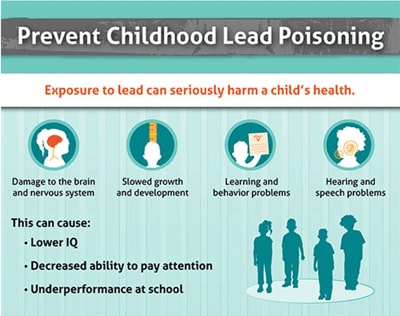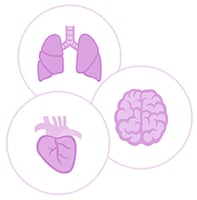[International Crisis Group]
"As the 3 November U.S. presidential election approaches, the country faces an unfamiliar danger. While Americans have grown used to a certain level of rancour in
these quadrennial campaigns, they have not in living memory faced the realistic prospect that the incumbent may reject the outcome or that armed violence may result.
That has changed in 2020 because of the emergence of risk factors that would spell
trouble in any country: political polarisation bound up with issues of race and identity; the rise of armed groups with political agendas; the higher-than-usual chances
of a contested outcome; and most importantly President Donald Trump, whose toxic
rhetoric and willingness to court conflict to advance his personal interests have no
precedent in modern U.S. history. The risk of unrest may ebb and flow as the final
days of the campaign unfold, but it is almost certain to remain, and it will increase if
either side forms the impression that the vote has been rigged.
At some level, it should not be surprising that the United States now faces the
spectre of electoral violence. The U.S. has seen slavery, civil war, lynching, labour
strife and the ethnic cleansing of indigenous peoples. The wounds of those legacies
have never fully healed. The country is awash in firearms, has gun homicide levels
unmatched by any other high-income country, and is home to a white supremacy
movement that, as discussed below, is growing in virulence. Racial injustice, economic
inequality and police brutality are chronic sources of tension, which periodically bubbles over into large-scale peaceful demonstrations and, sometimes, civil unrest. By
way of recent example, the police killing of an unarmed Black man, George Floyd, in
Minnesota state’s largest city of Minneapolis on 25 May generated a wave of protests
and counter-protests that has diminished but not fully subsided five months later..."
Presidential election






